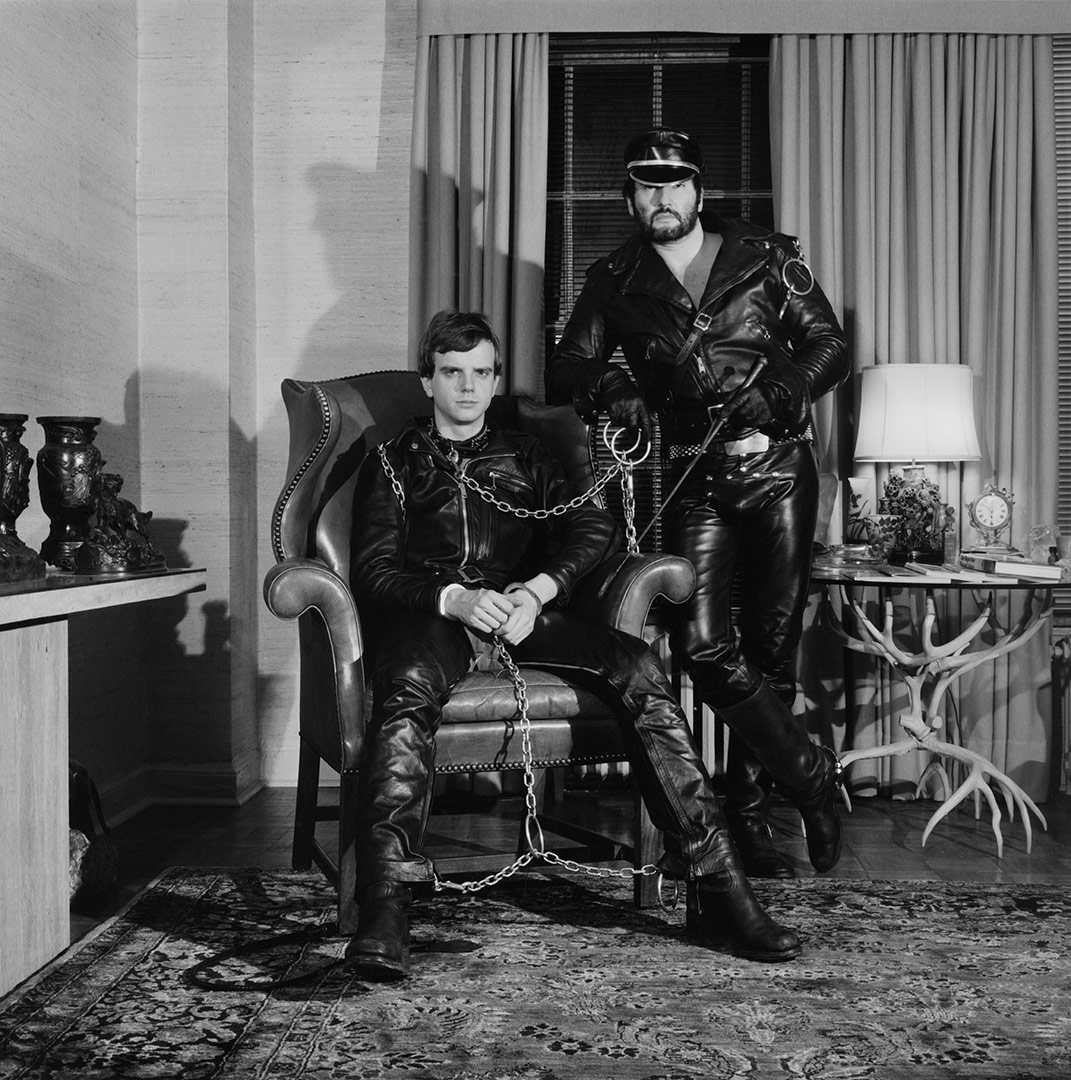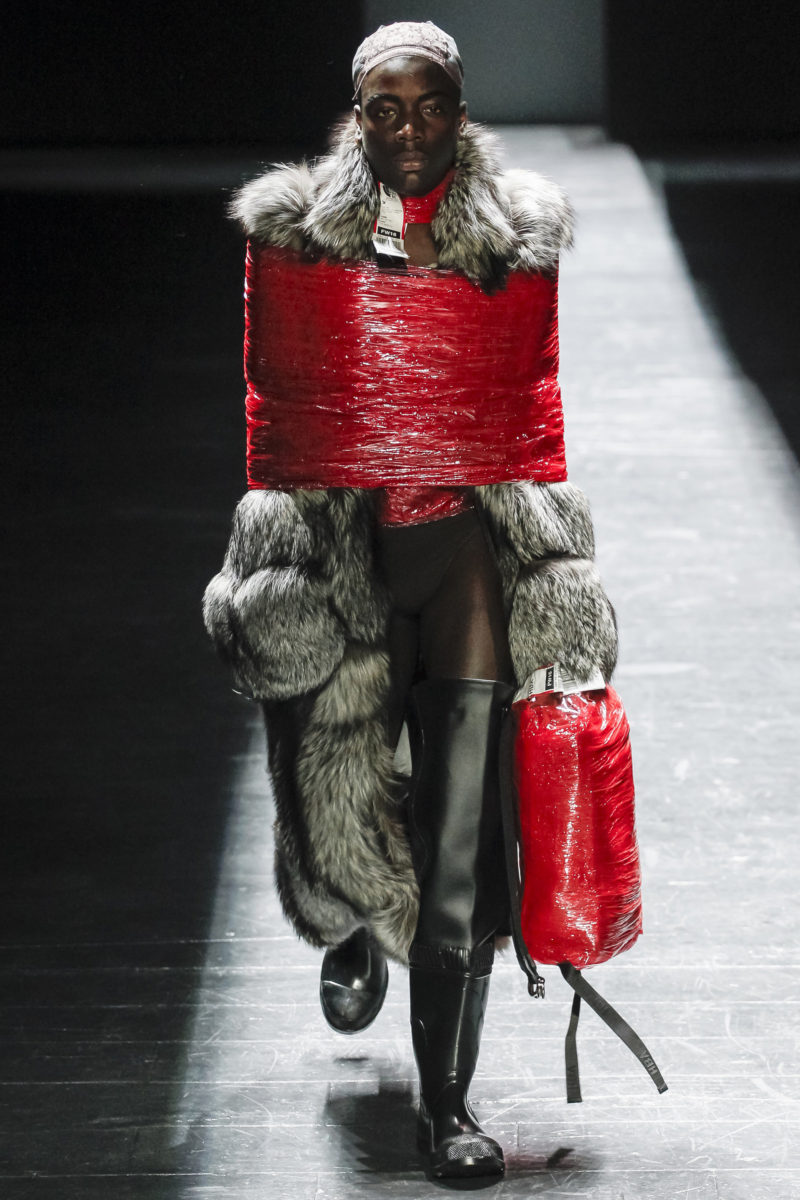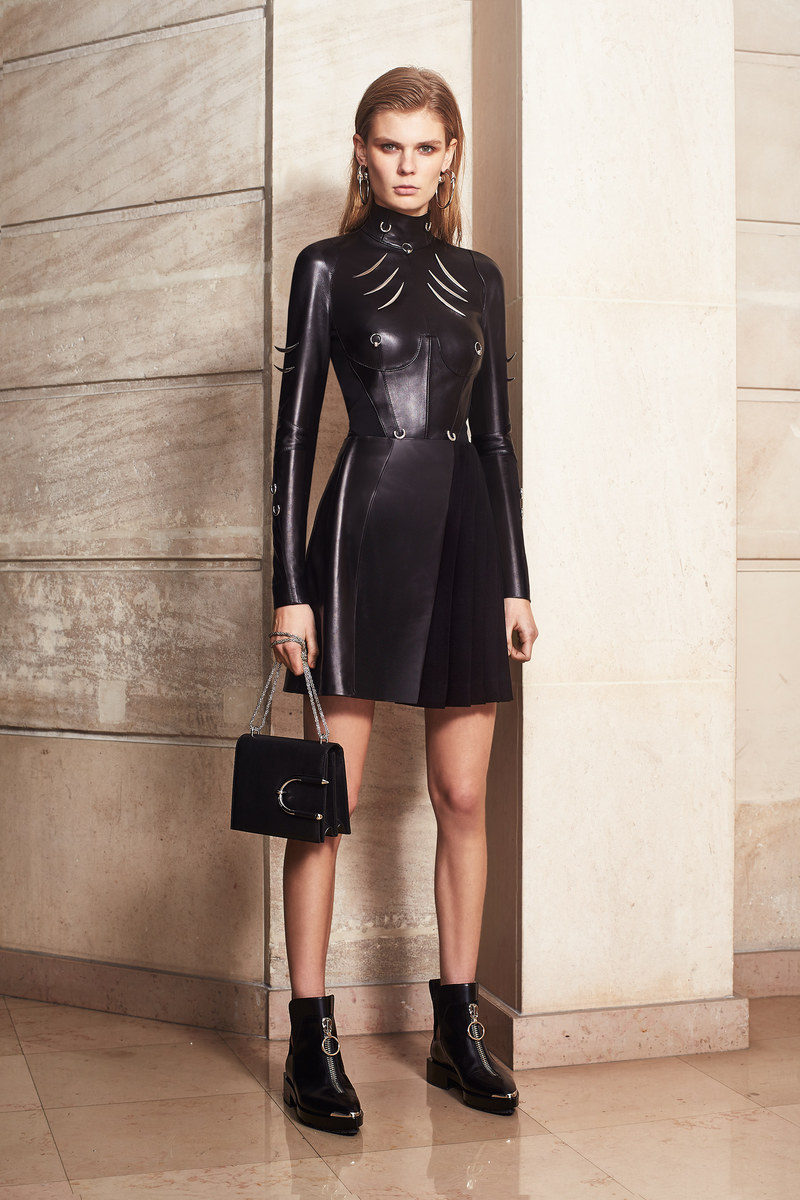Mapplethorpe: Examining The Photographer’s Influence On Recent Collections
By Something CuratedTo coincide with what would have been the 70th birthday of the iconic American photographer Robert Mapplethorpe, Alison Jacques has invited acclaimed London-based, German photographer Juergen Teller to curate an exhibition of Mapplethorpe’s work, running until 7 January 2017 at the Fitzrovia gallery. Teller worked in collaboration with The Robert Mapplethorpe Foundation in New York to make his selection. Mapplethorpe was a pioneer in legitimising photography as a contemporary art form, whilst democratising and demystifying sex.

The American photographer, known for his sensitive yet blunt treatment of controversial subject matter in the large-scale, distinctively stylised the black and white medium of photography. His work featured an array of subjects, including celebrity portraits, nudes and still-life images of flowers. His most controversial body of work is that of the underground BDSM scene in the late 1960s and early 1970s in New York. The homoeroticism of this project fuelled a national debate over the public funding of his provocative artwork. Earlier this year, he received a landmark joint retrospective at L.A.’s LACMA and Getty Museums.

Less acknowledged was Mapplethorpe’s unique understanding and appreciation of fashion. From shoots at Max’s Kansas City, with Fran Lebowitz in her signature men’s suits, to the basement of the gay nightclub Mineshaft and its leather accessories, he documented the style evolution of hedonistic New York. His album cover for muse and friend Patti Smith’s 1975 Horses is as captivating today as it was then, continuing to inspire the likes of Hedi Slimane. Recent collections, from Shayne Oliver’s Hood By Air to Raf Simons’ SS17 homage to the photographer, embody Mapplethorpe’s pioneering spirit. Something Curated takes a closer look at four recent collections recognising the uncompromising icon.
Raf Simons SS17 || Raf Simons
In previous collections, the Belgian designer referenced the works of greats like Rothko and Picasso, as well as contemporary artists including Brian Calvin. For SS17, Mapplethorpe’s stylish and politically charged photography was a major source of inspiration for the designer. The collection was a collaboration of sorts, with the revolutionary photographer and artist, or more precisely, the Foundation that’s in his name. The garments, mostly monochrome like Mapplethorpe’s images, often acted as frames for the photographs, with prints sitting squarely in the centre and leather overalls forming borders around the images.

The photographs used comprised a remarkable range of Mapplethorpe’s work, including well-known portraits and images of flowers. The breadth of photographs selected by Simons provided a glimpse into the expansive scope of the photographer’s work. Long apron-like shirts were another canvas for the Mapplethorpe prints, styled with belts around models’ necks and leather-daddy caps, referencing New York’s underground gay scene in the 70s and 80s. A leather apron was perhaps the most apparent reference to Mapplethorpe’s interest in the previously undocumented fetish scenes.
Alexander Wang SS16 || Alexander Wang

Denim, military jackets, and relaxed sportswear were enhanced to suit Wang’s particular aesthetic, expressing a breadth of individualism. Though retaining a feeling of accessibility, everything was detailedly worked on in the collection. Here, innovation came through a sense of craft and personalisation. The opening look, a white cropped ribbed tank with chain link straps worn with hip-slung trousers made of strips of men’s tailoring fabrics, typified the self-confidence and appeal of Wang’s woman. The chain link detailing, alongside shiny padlock embellishments, were evocative of Mapplethorpe’s once contentious work, Brian Ridley and Lyle Heeter, 1979, documenting a leather-clad couple situated in a homey living room. The assimilation of soft, normalised foundations with the harshness of bondage elements, a signature of the photographer, resonates here, most perceptibly in a material context.
Hood By Air AW16 || Shayne Oliver
Hood By Air has been described as the 21st-century successor of 90s deconstructionism, taking apart conventional garments, resizing the components, and assembling something new and unrecognisable out of them. The label’s collective way of working is certainly distinctive, and in many ways more successfully revolutionary than those who went before, many of whom became absorbed with the commercial style of minimalism. Often utilising zippers and the language of bondage paraphernalia, HBA’s expression remains authentically sexual, playful, and broadly representative.

Speaking of the fetishisation of fashion in relation to the work of Robert Mapplethorpe, HBA designer Shayne Oliver notes: “HBA has become a fetish in more ways than one… You see it, you view it, and we’ve become one of the top-reviewed fashion shows to watch, which is what everyone does with porn. It’s similar to the way that someone like Robert Mapplethorpe placed his inspiration within sex… I relate to Mapplethorpe when he first began. Everyone was like, ooh, this is cool, and he was selling a lot of his work, but it wasn’t considered art for a long time. It was viewed as an amateur idea. It took years for Raf Simons, with an all-white cast, to put a black penis on a shirt.”
Mugler Pre-Fall 16 || David Koma

Since his arrival as Artistic Director back in December 2013, David Koma has redefined the Mugler brand with his elegant creative vision. A great admirer of Thierry Mugler and his iconic work, Koma immersed himself in the heritage of the house, whilst incorporating a contemporary spin. For Pre-Fall 16 , the piercings of an archival Thierry Mugler dress caught Koma’s attention. The 1994 leather dress from the archive was taut and short with a high neck, long sleeves and seams that traced the female form. Affixed with metal hoops and spikes, the black leather construction would be quite at home in a Mapplethorpe shoot. Koma’s fusion of once-radical motifs, including hardware and kilts, combined with Mugler’s sleek, anatomical signatures, come together in this collection to create commanding silhouettes.
Feature image via The Robert Mapplethorpe Foundation